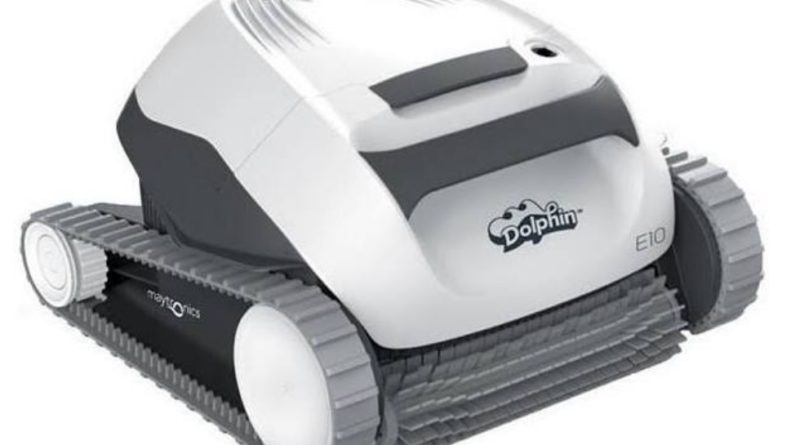The Navigation System of an Autonomous Robotic Vacuum Cleaner
A robotic cleaner is an autonomous robotic vacuum cleaner that uses artificial intelligence to clean your house automatically. It is also referred to as a Robovac. Unlike conventional vacuum cleaners, robotic vacuum cleaners do not require a human operator. You can even schedule it to clean every day through Bluetooth control or a controller app on your mobile phone. But the big question is, how does it navigate its way around your home?
Robotic Sensors
Robotic vacuum cleaners use sensors to detect and measure the area around it. The sensors measure the progress of vacuum cleaners through the cleaning process and prevent bouncing on objects. If you need an excellent robotic vacuum cleaner, Dolphin Echo is a good choice among other options, check for their reviews online. Some of these sensors include bump sensors, optical encoders, wall sensors, radar sensors, gyro sensors, laser distance sensors, and cliff sensors.
Cliff sensors
The cliff sensors determine the distance between the floor and the robotic. The sensors produce infrared light that bounces off the floor. If the light detects a sudden increase in distance between the vacuum base and the floor, it means the robot has reached the edge of a stair. Consequently, it backs off to avoid falling over.
The intelligence system of the robotic cleaner makes a decision on itself with minimal human input. It uses sensors that pick and relay environmental data to the microprocessor. This alters the actions of the vacuum cleaner accordingly. Robotic vacuums clean your space in a spiral path. It then cleans along the perimeter of the wall until it hits an obstacle. At first, the vacuum cleaner moves in a square spiral pattern. It alternates between a straight line and makes the right-angle turn until it gets to the wall.
Similarly, the vacuum triggers the bump sensor if they come into contact with a wall, chair, or any other object. The bump signal detects when the vacuum cleaner is close to objects and directs it to follow the wall. The wall sensor detects when the vacuum cleaner is close to a wall and enables the robovac to follow the wall. Also, the robotic vacuum cleaners come with a virtual wall feature. Ideally, the robovac sends out an infrared light beam and changes direction after detecting the virtual wall.
Optical Encoders
Optical encoders are perhaps the most critical sensors. They measure the number of times the wheel has rotated using light sensors. The rotations help the Robotic cleaner to determine how far it has traveled.
Top of line robots come with additional sensors such as dust scanners. The sensors help the robots to be aware of things in their environment, like how long it has traveled and things it has bumped into.
Unlike semi-random robotic vacuums, Automatic robot vacuums use advanced navigation technology to divide the room into cleaning zones. This helps to enhance the cleaning efficiency. The navigation algorithm helps the robot to maneuver around obstacles easily. This means that it can change its routes to ensure the cleaning is more thorough. The robotic vacuum cleaners are designed with GPS memory, which helps it remember places it has cleaned. This means that you can leave the cleaner to work on its own. If the robot’s battery is low it will stop in its mapped cleaning path and move to the docking station. After recharging fully, it will return to the place where it left off. Robotic vacuums have lighthouse radio signals that enable them to navigate around obstacles on its way back.
The beams do not depend on light. This means that the vacuum cleaners can navigate your house even in darkness. Robovac uses set programs to clean areas in your property. It maneuvers its way using different cleaning patterns such as zigzag, crisscross, spiral, and circular patterns.
Check out our articles on a soft swimming robot that uses light to move and using sunglasses to block facial recognition.

